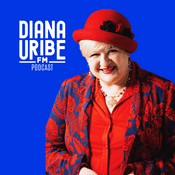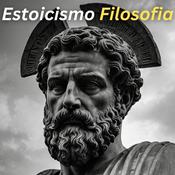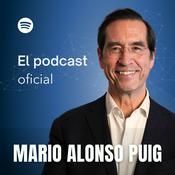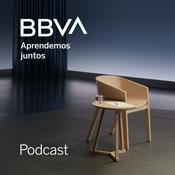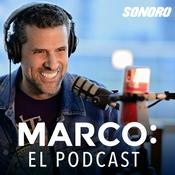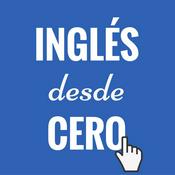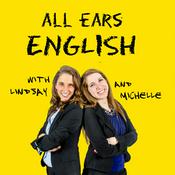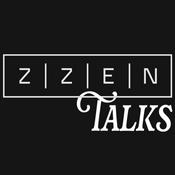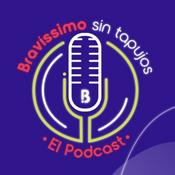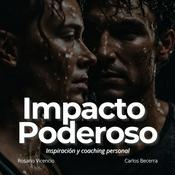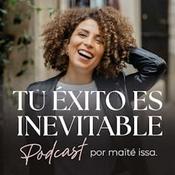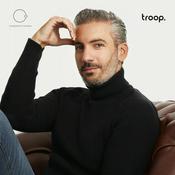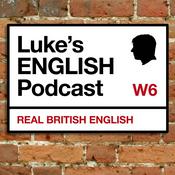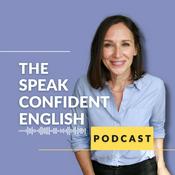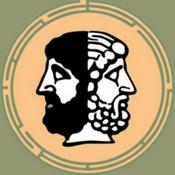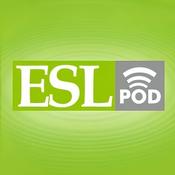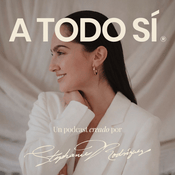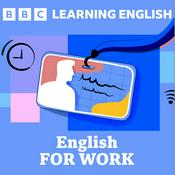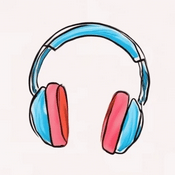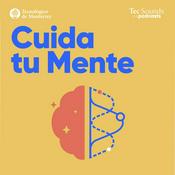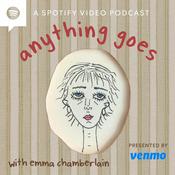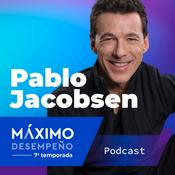World Language Classroom
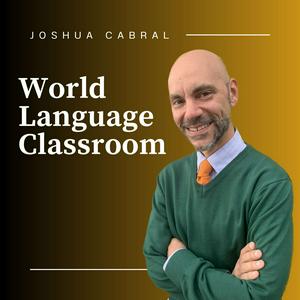
230 episodios

3 Engaging Narrative and Storytelling Activities
22/12/2025 | 34 min
#228Do you use stories in your classroom? Do you have some engaging ways for students to, well, engage with those stories? In this third episode of the CI Toolbox series, we look at storytelling and narrative-based activities that hook students through emotion, curiosity, and creativity. You’ll learn how to deliver compelling stories, co-write summaries with students, and use video clips as interactive narratives, all while keeping input comprehensible and student-centered.Topics in this Episode:Stories provide context, emotion, and predictability. The foundation for language acquisition. They build engagement and allow us to recycle high-frequency structures meaningfully.Story Listening: Deliver rich input by telling stories live, with built-in visual and physical support.Write and Discuss: Reinforce and recycle the story language through co-created written text.Clip Chat: Turn short video clips into interactive storytelling experiences.Ep 218: 6 Activities for Interaction and Discussion in the Language ClassroomEp 222: 6 Reading and Writing Activities in the CI ClassroomCI ToolboxA Few Ways We Can Work Together:Ready For Tomorrow Quick Win PD for Individual TeachersOn-Site or Virtual Workshops for Language DepartmentsSelf-Paced Program for For Language DepartmentsConnect With Me & The World Language Classroom Community:Website: wlclassrom.comInstagram: @wlclassroomFacebook Group: World Language ClassroomFacebook: /wlclassroomLinkedIn: Joshua CabralBluesky: /wlclassroom.bsky.sociaX (Twitter): @wlclassroomThreads: @wlclassroomSend me a text and let me know your thoughts on this episode or the podcast.

Engaging Reading Activities That Build Proficiency
15/12/2025 | 21 min
#227Have you noticed how a well-chosen reading can spark curiosity in your students? Reading can be one of the most engaging, communicative parts of your language class. With the right support, reading is incredibly empowering for students. In this episode, we’ll explore how pre-, during-, and post-reading activities can give your students the confidence and tools to dive into texts with purpose and curiosity. You’ll walk away with a practical framework you can use tomorrow, or even today.Topics in this Episode:Reading is more than a comprehension check—it’s a gateway to vocabulary growth, cultural exploration, and communicative opportunities.5 Key Benefits of Reading in the World Language ClassroomReading Provides the Input That Drives AcquisitionReading Builds Vocabulary and Grammar NaturallyReading Strengthens Interpretive Skills That Transfer to All ModesReading Lowers Anxiety and Builds ConfidenceReading Opens the Door to Culture and Authentic CommunicationReading FrameworkPre-Reading: Set the Stage for SuccessDuring Reading: Focus Their AttentionPost-Reading: Extend the LearningReady For Tomorrow Quick Win PD Course: Engaging Reading Activities That Build ProficiencyA Few Ways We Can Work Together:Ready For Tomorrow Quick Win PD for Individual TeachersOn-Site or Virtual Workshops for Language DepartmentsSelf-Paced Program for For Language DepartmentsConnect With Me & The World Language Classroom Community:Website: wlclassrom.comInstagram: @wlclassroomFacebook Group: World Language ClassroomFacebook: /wlclassroomLinkedIn: Joshua CabralBluesky: /wlclassroom.bsky.sociaX (Twitter): @wlclassroomThreads: @wlclassroomSend me a text and let me know your thoughts on this episode or the podcast.

Teach Students the Skill of Listening
08/12/2025 | 19 min
#226Have you ever played an audio or clip for your class, only to see blank stares and puzzled expressions? It’s not that your students aren’t listening—it’s that they need tools to know how to listen. In this episode, we’ll explore three essential strategies: prediction, summarizing, and focus tasks. These make listening more intentional, more engaging, and more effective. Whether your learners are novices or advanced, these techniques will help them process language with purpose and confidence.Topics in this Episode:Listening isn’t passive, it’s active.When students predict what they might hear, listen with a specific purpose, and summarize afterward, they aren’t just hearing language they’re processing it in real time. This builds comprehension, retention, and confidence, no matter the proficiency level. We are supporting the skill in ways that won’t happen in real situations, but students are learning the skill of listening in our classrooms (with our support) that they will transfer to realistic situations where they will draw on these skills and have the confidence.Classroom Strategies:Prediction Before ListeningFocus Tasks During ListeningSummarizing After ListeningReady For Tomorrow Quick Win PD Course: Build Strong Listening SkillsA Few Ways We Can Work Together:Ready For Tomorrow Quick Win PD for Individual TeachersOn-Site or Virtual Workshops for Language DepartmentsSelf-Paced Program for For Language DepartmentsConnect With Me & The World Language Classroom Community:Website: wlclassrom.comInstagram: @wlclassroomFacebook Group: World Language ClassroomFacebook: /wlclassroomLinkedIn: Joshua CabralBluesky: /wlclassroom.bsky.sociaX (Twitter): @wlclassroomThreads: @wlclassroomSend me a text and let me know your thoughts on this episode or the podcast.

ACTFL 2025, Where Languages & Cultures Connect
01/12/2025 | 26 min
#225There’s something special about ACTFL. The energy, the connection, the spark that comes from being in a space filled with teachers who care deeply about students, language, culture, and each other. Whether you are listening to reflect on your conference experience, shared your own voice in this episode or were would like a window into what it's like to be part of this incredible community…this episode is for you.A huge thank you to Klett World Languages. They invited me to set up a podcast table at their booth in the ACTFL exhibit hall, and without that collaboration, none of these conversations would have happened. It truly opened the door to gathering these voices, these reflections, and this sense of community that you’re about to hear.Topics in this Episode:Hear from teachers about their personal experiences, collaborations and takeaways from ACTFL 2025 in New Orleans.ACTFL Teacher of the Year Nathan CampbellNavigating the many optionsTeaching ideasRepresentationElementary teaching Making connectionsInspirationA Few Ways We Can Work Together:Ready For Tomorrow Quick Win PD for Individual TeachersOn-Site or Virtual Workshops for Language DepartmentsSelf-Paced Program for For Language DepartmentsConnect With Me & The World Language Classroom Community:Website: wlclassrom.comInstagram: @wlclassroomFacebook Group: World Language ClassroomFacebook: /wlclassroomLinkedIn: Joshua CabralBluesky: /wlclassroom.bsky.sociaX (Twitter): @wlclassroomThreads: @wlclassroomSend me a text and let me know your thoughts on this episode or the podcast.

Teaching Language in a Block Schedule with Marlyn Pichardo
24/11/2025 | 34 min
#224How long are your classes? Do you see your students 2,3, 4 maybe 5 times a week? We all have different schedules in our schools and learn to adapt to the time that we have. Block schedules, extended class periods that meet fewer times in a given week, are becoming more common in many schools and districts. In this episode, we are talking about teaching in this format. Marilyn Pichardo, a Spanish teacher in New Jersey, joins me to talk about teaching in a block schedule for over 2 decades. Lots to learn about planning and class pacing whether you have 20, 40, 60 or even 85 minute classes. Topics in this Episode:opportunities that block schedules open up for world language teachers that might be harder to achieve in a traditional schedulesustaining student focus in language classes with longer blocks. strategies or lesson structures that keep students engaged and actively using the target language for the full periodbalancing pace, repetition, and variety so that students continue to build proficiency in a block schedule without feeling overwhelmed or burnt outConnect with Marilyn Pichardo:Instagram:@perfectspanishplansbyMarilynTikTok: @perfectspanishplansbyMarilynChat Mat MembershipA Few Ways We Can Work Together:Ready For Tomorrow Quick Win PD for Individual TeachersOn-Site or Virtual Workshops for Language DepartmentsSelf-Paced Program for For Language DepartmentsConnect With Me & The World Language Classroom Community:Website: wlclassrom.comInstagram: @wlclassroomFacebook Group: World Language ClassroomFacebook: /wlclassroomLinkedIn: Joshua CabralBluesky: /wlclassroom.bsky.sociaX (Twitter): @wlclassroomThreads: @wlclassroomSend me a text and let me know your thoughts on this episode or the podcast.
Más podcasts de Educación
Podcasts a la moda de Educación
Acerca de World Language Classroom
Escucha World Language Classroom, DianaUribe.fm y muchos más podcasts de todo el mundo con la aplicación de radio.net

Descarga la app gratuita: radio.net
- Añadir radios y podcasts a favoritos
- Transmisión por Wi-Fi y Bluetooth
- Carplay & Android Auto compatible
- Muchas otras funciones de la app
Descarga la app gratuita: radio.net
- Añadir radios y podcasts a favoritos
- Transmisión por Wi-Fi y Bluetooth
- Carplay & Android Auto compatible
- Muchas otras funciones de la app


World Language Classroom
Descarga la app,
Escucha.
